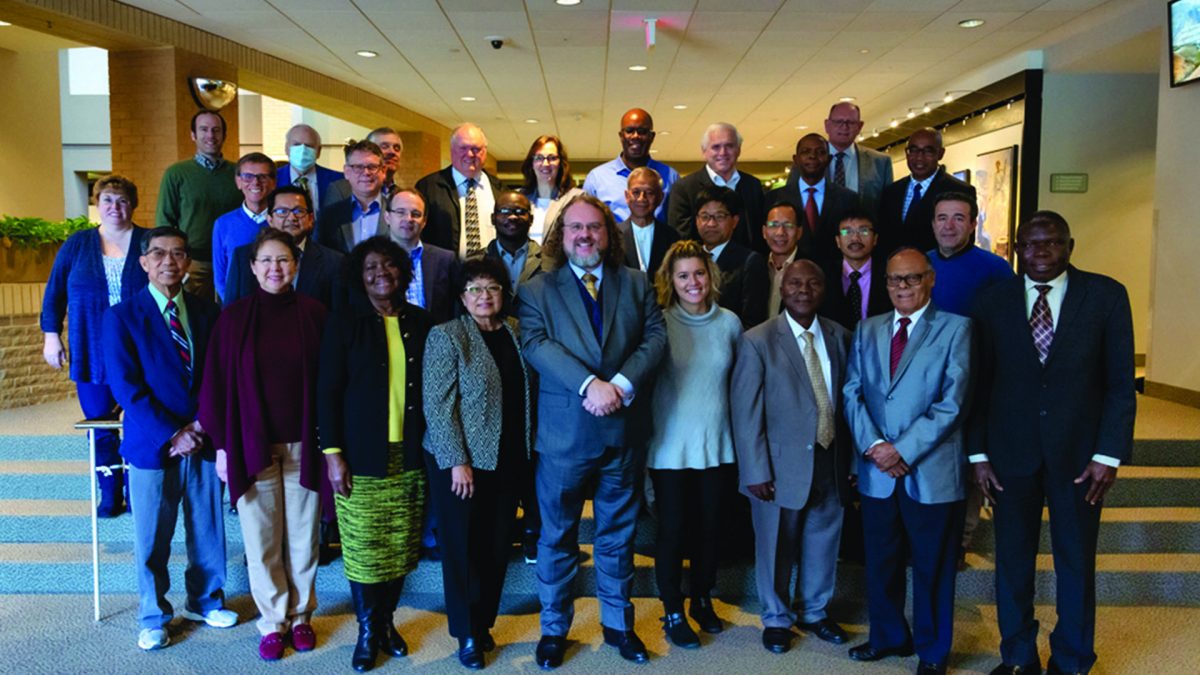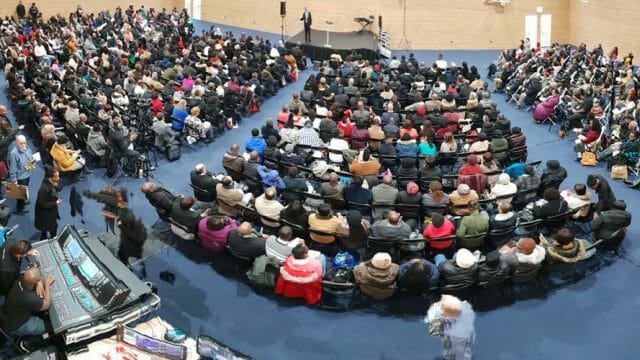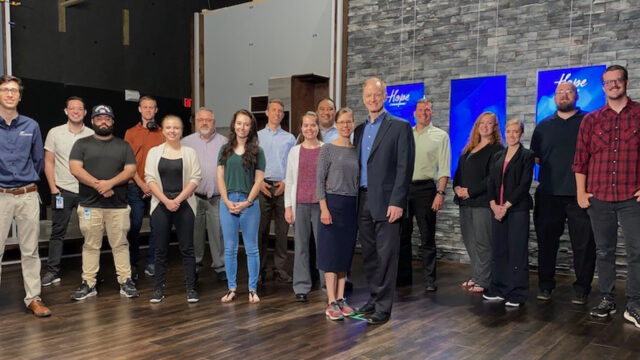Latest annual meeting of its editorial committee is the last one before the General Conference session.

Editorial Committee members of the Encyclopedia of Seventh-day Adventists (ESDA) projects met at the Seventh-day Adventist Church headquarters in Silver Spring, Maryland, United States, on January 28, 29, 2020. It was their fifth annual meeting, and the last one before the launch of the new resource, which is slated for the upcoming General Conference session in Indianapolis, Indiana, United States, in late June 2020.
ORIGINS OF THE PROJECT
The ESDA project has its roots in a 2010 proposal by Adventist Review Ministries to set up a Wikipedia-style website “to support the installation, updating, and further expansion of the Seventh-day Adventist Encyclopedia through volunteers around the world.” The Seventh-day Adventist Encyclopedia was first published in 1966.
General Conference administrators agreed on the need for a new resource that reflected “the tremendous growth and maturity of the church, as well as the shifts in global dynamics and the reception of information,” the Office of Archives, Statistics, and Research (ASTR) said in a statement at the launch of the project.
During its 2015 Spring Meeting, the General Conference Executive Committee earmarked US$1.6 million for the project. The project’s editorial committee met first in January 2016.
ABOUT ESDA
According to ESDA managing editor Dragoslava Santrac, the online reference publication will become an official publication and record of the history of Adventist work.
“This global church project will produce an estimated 10,000 articles on Adventist history, on crucial events and themes, and on organizations, entities, institutions, and individuals; with accompanying photographs, media, and original documents,” Santrac said.
ESDA will be a free website, ensuring global dissemination of content, Santrac said. She said editors have leaned on history and theology scholars as well as researchers, teachers, students, and members with expertise on given subjects. They have contributed articles on topics not yet covered by the initial invitation-only editorial process, she explained.
“Usual sources for ESDA articles have been local church archives, obituaries, yearbooks, newsletters, church publications, private collections of missionary letters and diaries, audio and video materials, interviews, and historical data from oral traditions,” Santrac said.
In a recent e-mail to Adventist World, retired South Pacific Division president Barry Oliver, a member of the ESDA editorial committee, reflected on the importance of the initiative.
“This is an exciting project that will pay dividends for the church for many years into the future,” Oliver wrote. He explained that great care has been taken to ensure the accuracy of the information “by seeking out primary sources and, wherever possible, consulting people who were involved firsthand with the item described.”
Oliver, who is volunteering as the regional assistant editor of ESDA for the SPD region, said that a bonus is that people from the global church are writing the Encyclopedia.
“In the South Pacific alone, approximately 140 authors have been writing 620 articles about people, institutions, ministries, administrative entities, and issues faced by the church and its members,” he shared.
Oliver said that overall, he has felt positively impressed by the seriousness of the enterprise. “The ESDA leadership team at the General Conference is to be commended for the professional manner in which they have moved the project forward,” he wrote.
Adventist World will provide further updates, developments, and articles on the ESDA project in future issues.








